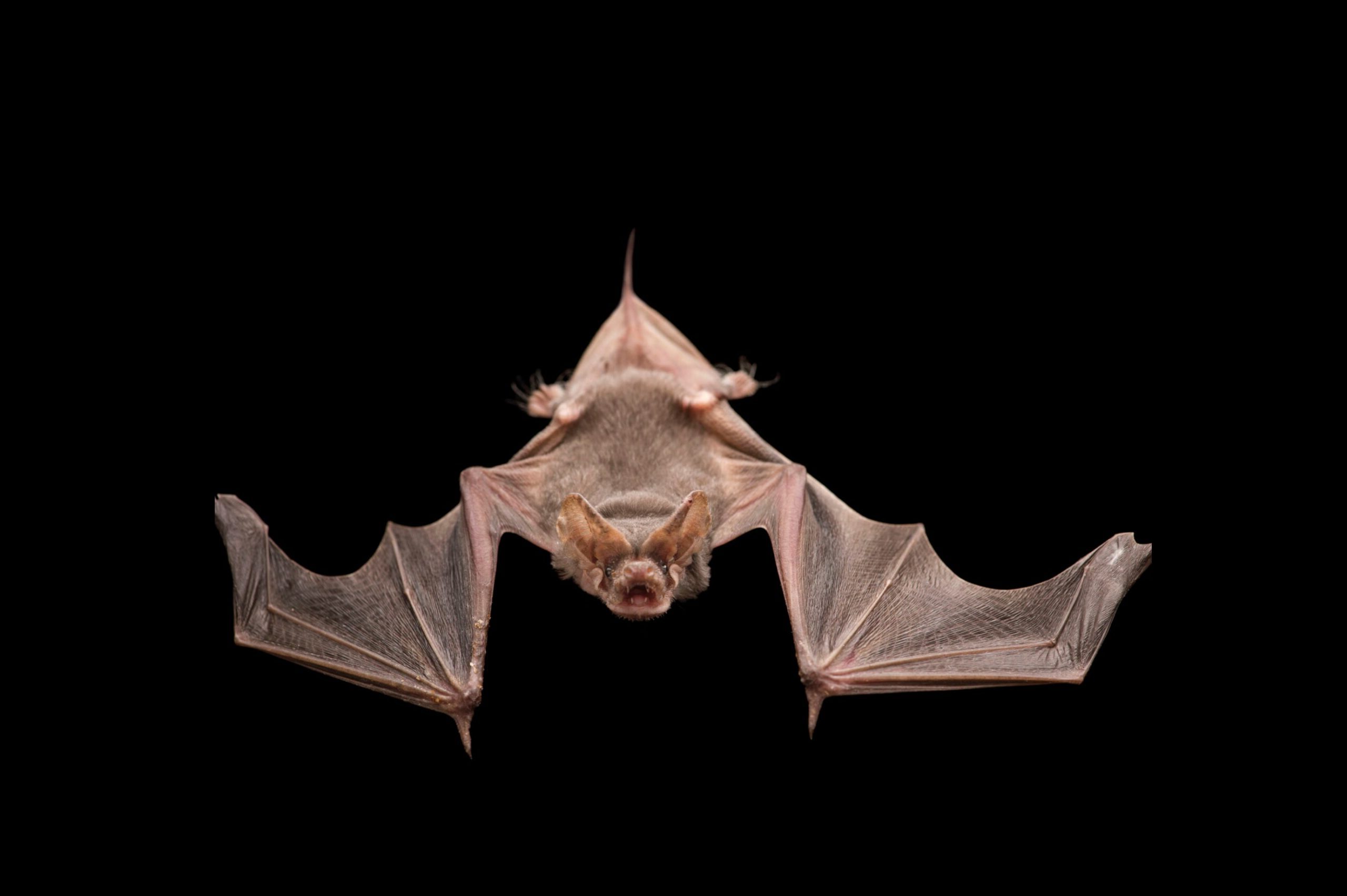
Mexican free-tailed bats are fascinating creatures that often go unnoticed despite their incredible abilities. These bats, known for their long, free-hanging tails, are among the fastest flying mammals, reaching speeds up to 99 miles per hour. They play a crucial role in pest control, consuming thousands of insects each night. Found in large colonies, sometimes numbering in the millions, they create spectacular evening displays as they emerge from their roosts. Their echolocation skills are so advanced that they can navigate and hunt in complete darkness. Mexican free-tailed bats are not just important for the ecosystem but also intriguing for their unique behaviors and adaptations.
What Are Mexican Free-Tailed Bats?
Mexican free-tailed bats are fascinating creatures known for their incredible flight abilities and unique behaviors. Let's dive into some amazing facts about these remarkable bats.
-
Scientific Name: Their scientific name is Tadarida brasiliensis.
-
Nickname: Often called "Tadarids," these bats are also known as "Brazilian free-tailed bats."
-
Tail Feature: Their name comes from the tail, which extends beyond the tail membrane, giving it a "free" appearance.
-
Size: They are medium-sized bats, with a wingspan of about 11-14 inches.
-
Weight: These bats weigh between 0.4 to 0.5 ounces, making them quite lightweight.
Habitat and Distribution
Mexican free-tailed bats are found in various regions, showcasing their adaptability to different environments.
-
Range: They are native to the Americas, from the southern United States to Argentina.
-
Roosting Sites: These bats prefer to roost in caves, buildings, and under bridges.
-
Urban Adaptation: They have adapted well to urban environments, often found in city buildings.
-
Migration: Some populations migrate seasonally, traveling hundreds of miles.
-
Colony Size: Colonies can be massive, sometimes consisting of millions of bats.
Diet and Hunting
Their diet and hunting techniques are equally impressive, highlighting their role in the ecosystem.
-
Insectivores: They primarily feed on insects, including moths, beetles, and flies.
-
Echolocation: They use echolocation to hunt, emitting high-pitched sounds to locate prey.
-
Feeding Frenzy: A single bat can consume up to 1,000 insects in one night.
-
Agricultural Benefit: By eating pests, they help control insect populations, benefiting agriculture.
-
Night Hunters: They are nocturnal, hunting primarily at night.
Reproduction and Lifespan
Understanding their reproduction and lifespan provides insight into their life cycle and survival strategies.
-
Breeding Season: Breeding typically occurs in the spring.
-
Gestation Period: The gestation period lasts about 11-12 weeks.
-
Pup Birth: Females give birth to one pup per year, usually in June or July.
-
Nursery Colonies: Females form nursery colonies to raise their young.
-
Lifespan: In the wild, they can live up to 10 years, though many don't survive that long.
Unique Behaviors
Mexican free-tailed bats exhibit several unique behaviors that set them apart from other bat species.
-
High Flyers: They can fly at altitudes of over 10,000 feet.
-
Fast Flyers: These bats are among the fastest flying mammals, reaching speeds of up to 99 mph.
-
Social Creatures: They are highly social, often seen in large groups.
-
Communication: They use a variety of vocalizations to communicate with each other.
-
Day Roosting: During the day, they rest in dark, secluded areas.
Conservation Status
Their conservation status and the efforts to protect them are crucial for maintaining their populations.
-
Not Endangered: Currently, they are not considered endangered.
-
Threats: Major threats include habitat destruction, pesticide use, and climate change.
-
Conservation Efforts: Efforts include habitat protection and reducing pesticide use.
-
Public Awareness: Educating the public about their benefits helps in conservation.
-
Research: Ongoing research aims to better understand their ecology and behavior.
Fun Facts
Let's wrap up with some fun and lesser-known facts about these incredible bats.
- Guano: Their droppings, known as guano, are rich in nutrients and used as fertilizer.
The Final Flight
Mexican free-tailed bats are fascinating creatures. They play a huge role in pest control, eating thousands of insects each night. These bats are also known for their incredible speed, reaching up to 99 mph, making them one of the fastest animals in the sky. Their unique echolocation abilities help them navigate and hunt in the dark, showcasing their remarkable adaptation skills.
These bats live in large colonies, sometimes numbering in the millions. This social structure helps them survive and thrive. They migrate long distances, traveling up to 1,000 miles to find the perfect roosting spots.
Understanding these bats helps us appreciate their importance in our ecosystem. They contribute to agriculture by controlling insect populations, which benefits farmers and reduces the need for pesticides. Protecting their habitats ensures they continue to play their vital role in nature. So next time you see a bat, remember the amazing facts about these incredible creatures.
Was this page helpful?
Our commitment to delivering trustworthy and engaging content is at the heart of what we do. Each fact on our site is contributed by real users like you, bringing a wealth of diverse insights and information. To ensure the highest standards of accuracy and reliability, our dedicated editors meticulously review each submission. This process guarantees that the facts we share are not only fascinating but also credible. Trust in our commitment to quality and authenticity as you explore and learn with us.


